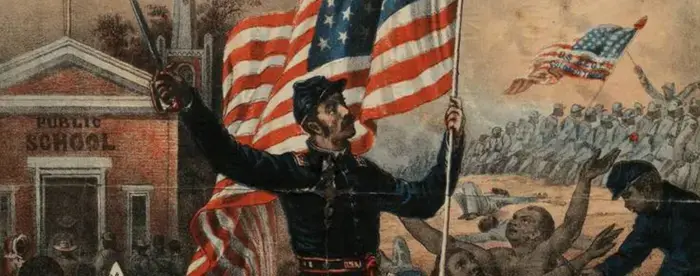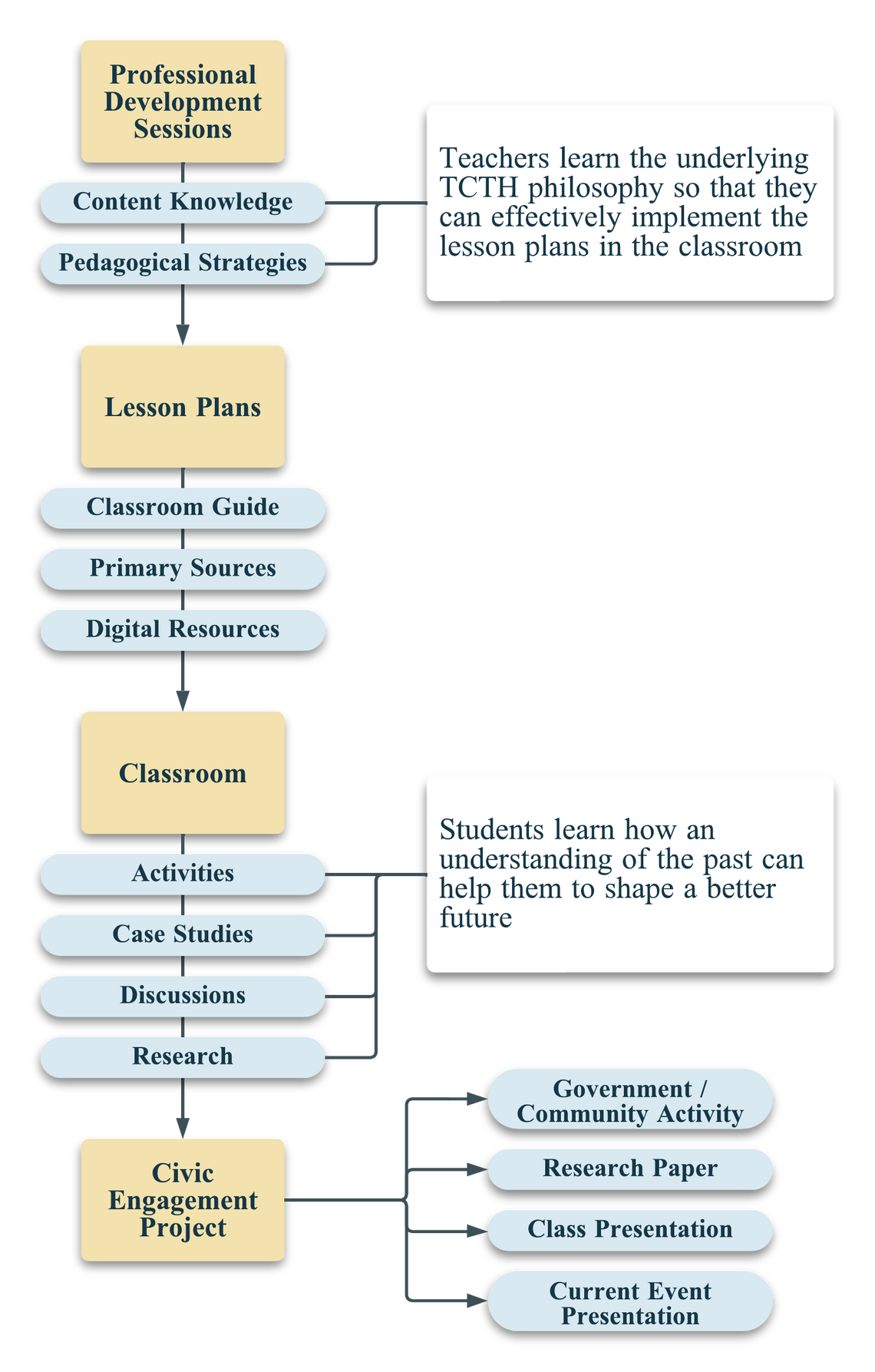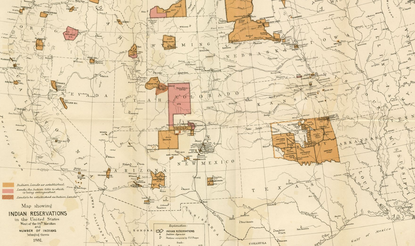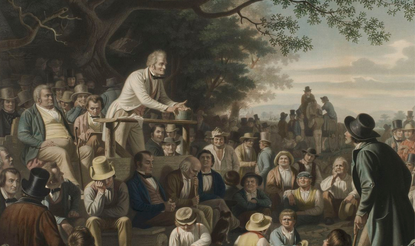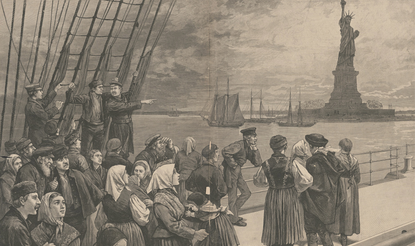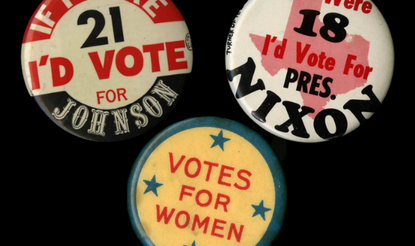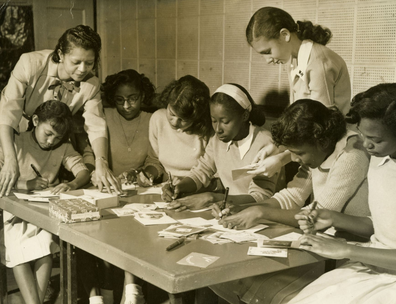Professional Development
The Teaching Civics through History™ (TCTH) program grounds students in the historical roots of current civic and social issues while building their literacy, research, and critical thinking skills. To inquire about obtaining these professional development sessions for your school or district, please email education@gilderlehrman.org.
Image source: Civil War recruitment poster depicting a Union soldier holding a US flag with a banner declaring “Freedom to the Slave,” 1863 (The Gilder Lehrman Institute, GLC10030)
